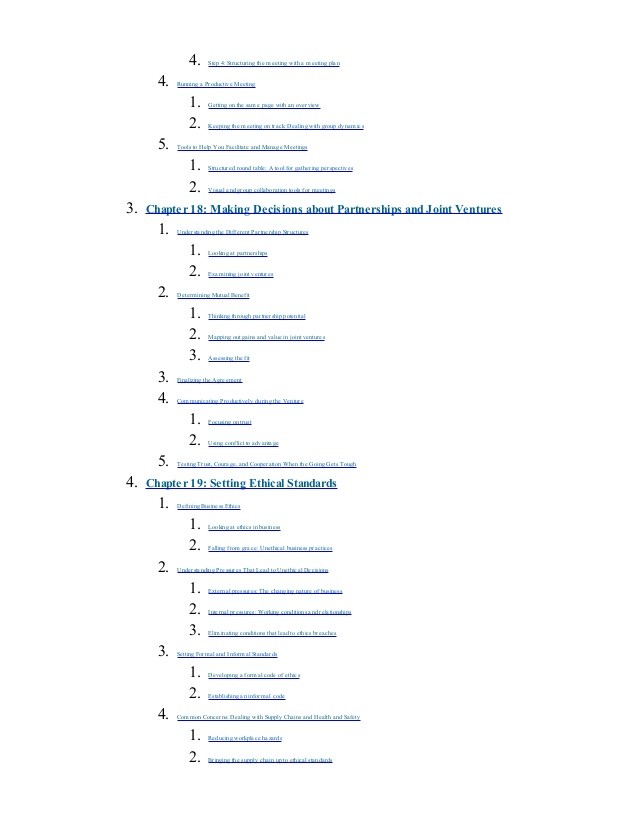Asset Allocation For Dummies Cheat Sheet For Dummies
Post on: 3 Июнь, 2015 No Comment

From Asset Allocation For Dummies by Dorianne Perrucci, Jerry A. Miccolis
Asset allocation is fundamental for successful investing, but if financial planning makes your palms sweat, find a reputable financial advisor and get a grasp on asset allocation terminology to help. Choose your investment strategy wisely and build a profitable portfolio with an asset allocation structure to yield top returns and minimize risk.
Finding a Financial Advisor
If you need investment help, shop around and come up with a list of potential financial advisors. Plan on meeting with two or three advisors so you can interview and evaluate them and find the right fit for your needs. Dont hesitate to ask tough questions to gauge their investment expertise the best financial advisors will welcome your questions and honestly share their responses with you. Try these questions to get started:
How did your clients do in the last down market? Everyones a genius in a bull market, but how did the advisor do when times got tough?
Can you describe your investing approach for me? The answer will tell you the firms investment philosophy. Dont hesitate to ask for details.
Are you sensitive to taxes? You want an advisor who tries to maximize your after-tax results. Its not what you make, but what you keep, that counts.
What do you invest in? Look for a firm that provides you the most choices and flexibility (a mix of assets like mutual funds, individual stocks, bonds, and exchange-traded funds).
Where will my assets reside, and how are they protected? Most firms house their clients assets with a custodian. Ask the firm if its custodian is a member of the Securities Investor Protection Corporation (SIPC), which provides limited protection for consumers if the custodian goes under, and if the firm and its custodian have other insurance, to provide additional protection.
Common Asset Allocation Terms
You dont need to be a professional analyst or experienced stock-picker to have better investment results than most investors. What you do need is an understanding of asset allocation. Here are some basic terms to get started:
Total return: Returns quoted in the press often focus strictly on growth (for example, The S&P 500 is up 6 percent this year). You want to know total return. which is the combination of income (interest from bonds or dividends from stocks) and growth.
Nominal returns: Returns that arent adjusted for inflation. Most returns presented are nominal returns.
Real returns: Returns that are adjusted (downward) for inflation.
Standard deviation: The most common measure of investment volatility; gauges how much an investments return varies over time from its long-term average.
Risk drag: Over realistic investment horizons (more than a year), an investments volatility can eat away at its return. This effect is called risk drag. and its a subtle but real phenomenon that you need to keep an eye on.
Perfect negative correlation: This is the holy grail of investing: finding a set of investments whose returns fluctuate in opposite directions from each other, to exactly the same degree every time. You wont find it, but you can approach it, and it really will help reduce risk.
Efficient frontier: If you cant improve a portfolio in other words, its impossible to find another one of similar risk with a better return, or one of similar return with lower risk then that portfolio is on the efficient frontier. The efficient frontier is a great place to be.
Rebalancing: Over time, your portfolio will drift away from its target allocation. Rebalancing is the process that brings it back into alignment. If you do it right, rebalancing can reduce the risk and increase the return of your portfolio.
Choosing Your Investment Strategy
Take into consideration your life goals and circumstances when deciding on your investment strategy. By doing the work now, youll see a clear link between your ideal strategy and your long-term financial plan in the end. Take these factors into consideration to decide on your investment strategy before determining your asset allocation:
Your investment horizon and long-term financial goals: Your money needs to keep working for you far into the future, even if youre already retired. Do the work now to project your long-term cash flow.
Your return requirements: What kind of return do you need from your portfolio? The answer will tell you how conservative or aggressive your investment strategy needs to be.
Your risk tolerance: How far are you willing to go to get the return you need? The higher the return youd like, the more risk you must take.

Your constraints: Constraints are nonnegotiable, period. Maybe you wont consider certain investments for personal or moral reasons, for example. Maybe you wont even think about dropping a poorly performing stock from your portfolio because you inherited it from your Great-Aunt Jenny.
Your tax situation: Tax-free, lower-yielding municipal bonds may be a good choice for you now however, taxable, and higher-yielding, bonds may serve you better in retirement, if you end up in a lower tax bracket.
How to Build a Successful Investment Portfolio
Successfully building and managing your financial portfolio (a collection of financial investments chosen by you or a financial advisor) means following these steps in asset allocations top-down, systematic approach:
Decide on your investment strategy.
How conservative or aggressive should you be? For help, you may want to ask a financial advisor. Then commit to your strategy by writing it down in an Investment Policy Statement.
Figure out your asset allocation.
Your investment strategy informs your asset allocation. First, decide on the asset classes and subclasses you want to use (your asset baskets), which include cash, fixed income, equities, and alternatives (such as real estate and commodities). Then determine how big each of these baskets should be.
Fill your asset baskets.
Start filling your baskets with specific investments stocks and stock funds, bonds and bond funds, cash equivalents, real estate investment trusts (REITs), and commodity index funds. While filling your baskets, put higher-taxed (tax-inefficient) investments in tax-deferred accounts and lower-taxed (tax-efficient) assets in taxable accounts.
Rebalance opportunistically.
Rebalance when some of your asset allocation baskets begin to overflow. Redistribute the excess to the baskets that have become underfilled. Systematically selling high and buying low will keep you true to your asset allocation and generate increased returns over the long haul.














